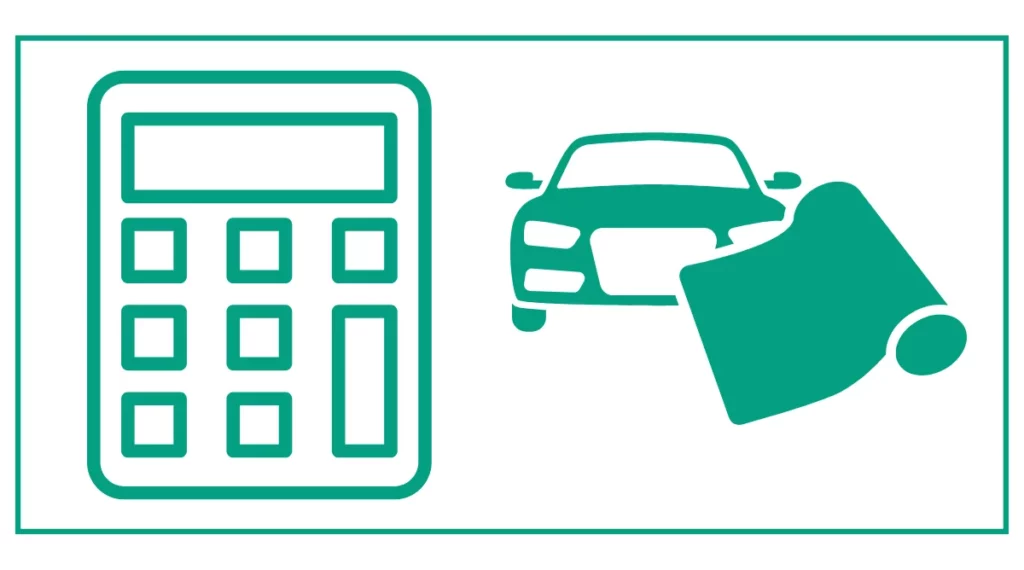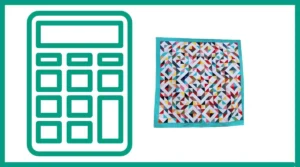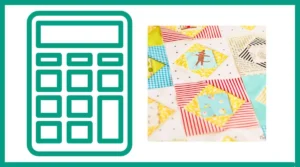Vinyl Calculator
The vinyl calculator helps you find out how much vinyl you need for your project. It also helps you figure out whether to cut the design vertically or horizontally.
Enter the width of your vinyl in inches, the number of designs, the design width in inches, and the design height in inches to calculate the required amount of vinyl.
Now you don’t need to spend hours figuring out how much vinyl to buy for your project.

You might be interested in finding the total cost of the project or calculating the price for screen printing.
Understanding the Vinyl Calculator
The vinyl calculator is a specialized tool that helps determine the amount of vinyl material required for producing decals, stickers, and other adhesive designs. By inputting specific measurements and quantities, users can quickly figure out how much vinyl they need, minimizing waste and optimizing production.
How the Vinyl Calculator Works
To use the vinyl calculator, you’ll need to provide the following information:
- Vinyl width (in inches)
- Number of designs
- Design width (in inches)
- Design height (in inches)
Once you input these details, the calculator processes the information and provides you with:
- The total length of vinyl needed (in feet)
- The recommended cut direction (horizontally or vertically)
This output helps you plan your production process more effectively, saving time and materials.
Benefits of Using a Vinyl Calculator
Accurate Material Estimation
One of the primary advantages of using a vinyl calculator is its ability to provide precise material estimates. This accuracy helps prevent overordering or underordering of vinyl, which can lead to unnecessary costs or production delays.
Cost Reduction
By calculating the exact amount of vinyl needed, you can minimize waste and reduce overall material costs. This is particularly beneficial for businesses looking to optimize their production expenses.
Time-Saving
The vinyl calculator eliminates the need for manual calculations, which can be time-consuming and prone to errors. With just a few clicks, you can get the information you need to proceed with your project.
Improved Planning
Knowing the exact amount of material required allows for better project planning. You can schedule your production more efficiently and manage your inventory more effectively.
Example Scenarios
Scenario 1: Large-Scale Decal Production
Let’s say you’re a sign company tasked with producing 500 identical logo decals for a client’s fleet of vehicles. Each decal measures 12 inches wide by 8 inches tall, and you’re using vinyl that’s 48 inches wide.
Using the vinyl calculator, you’d input:
- Vinyl width: 48 inches
- Number of designs: 500
- Design width: 12 inches
- Design height: 8 inches
The calculator might return a result like this:
“48” Wide Material (500 Designs)
84 Feet Needed
(Cut Design vertically on Vinyl)”
This information tells you that you need to order 84 feet of 48-inch wide vinyl, and you should arrange the designs vertically on the material for optimal use.
Scenario 2: Custom Sticker for a Small Business
Imagine you’re a small business owner wanting to create a single large sticker for your shop window. The design is 36 inches wide by 24 inches tall, and you have access to vinyl that’s 48 inches wide.
You’d enter into the calculator:
- Vinyl width: 48 inches
- Number of designs: 1
- Design width: 36 inches
- Design height: 24 inches
The calculator might provide this output:
“48” Wide Material (1 Design)
2 Feet Needed
(Cut Design horizontally on Vinyl)”
This tells you that you need just 2 feet of vinyl, and you should cut the design horizontally on the material.
Factors to Consider When Using a Vinyl Calculator
Material Specifications
Different types of vinyl have varying properties that may affect how they’re cut and applied. Be sure to consider the specific requirements of your chosen vinyl when interpreting the calculator’s results.
Design Complexity
While the vinyl calculator provides a good estimate based on the overall dimensions of your design, complex designs with intricate cuts may require additional material. It’s often wise to add a small buffer to the calculated amount.
Production Method
The calculator assumes a standard cutting process. If you’re using specialized equipment or techniques, you may need to adjust the results accordingly.
Bleed and Trim Areas
For designs that require bleed areas or additional trim space, remember to factor these into your measurements before using the calculator.
Best Practices for Using a Vinyl Calculator
To get the most out of your vinyl calculator, consider the following tips:
- Double-check your measurements before inputting them into the calculator.
- Always round up to the nearest foot when ordering vinyl based on the calculator’s results.
- Keep a record of your calculations for future reference and project tracking.
- Use the calculator in conjunction with other planning tools for comprehensive project management.
The Importance of Accurate Measurements
The effectiveness of a vinyl calculator relies heavily on the accuracy of the measurements you input. Here are some tips for ensuring your measurements are as precise as possible:
- Use a reliable measuring tool, such as a metal ruler or digital caliper.
- Measure multiple times to confirm your readings.
- Consider any additional space needed for bleed areas or safety margins in your design.
- If working from a digital file, verify that your design software is set to the correct scale.

References
- What Is Vinyl. (n.d.). What Is Vinyl. whatisvinyl.com
- CorelDRAW Graphics Suite | Free Trial. (n.d.). What Is Vinyl Cutting? | CorelDRAW. coreldraw.com/en/tips/vinyl-cutting/





